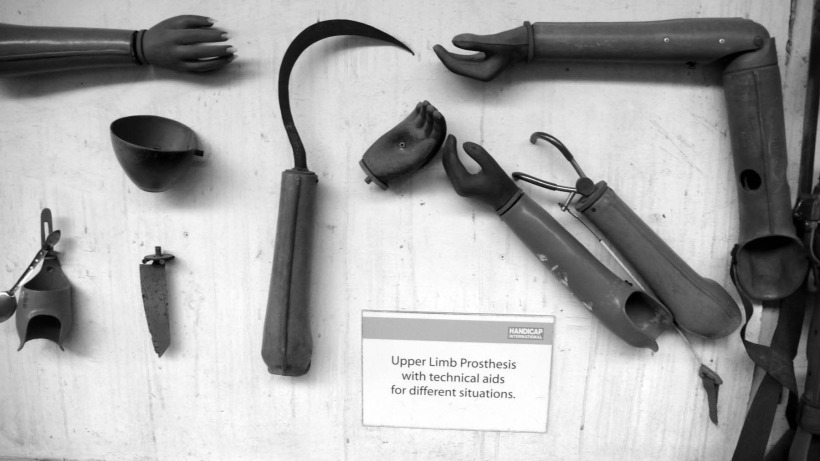beauty
This is my Beauty.
Fear and trust dance in stillness. I meditate. Calm. Centered. I am a stone cold Apsara silent dancer dancing inside my revolutionary soul.
I feel like screaming.
The dancing hall at Preah Khan is where dancers don’t smile. They dance. They are slave dancers. They dance for the king.
He is the god-king. He resurrected his desire and fury creating new customs and new decrees for dancers. They dance for the mighty and powerful. They dance Khmer stories about war, conquest, harvests, seasons, sun and moon.
They are submissive dances of life/death. They dance to celebrate life. They dance the celebration of tranquility. They dance or die. They wear tinkling bands of gold around wrists and ankles. Diamond diademed crowns and shimmering silk clothing. They do not smile. Their faces are frozen in the trance of dance.
I dance to escape the tyranny. I’ve danced all my short, sweet life. The hall of dancers is surrounded by columns, portals and broken jumbled green moss stones. Stones whisper dance.
Thick gnarled silk-cotton tree roots crawl toward dancers. They dance through exposed roots, past Shiva and Vishnu. The preserver and destroyer of life. Dance movement is motivated by emotional expression. Dance is about itself. The freedom of creation. A playful existence. Life is a silent dance.







 Share Article
Share Article 


